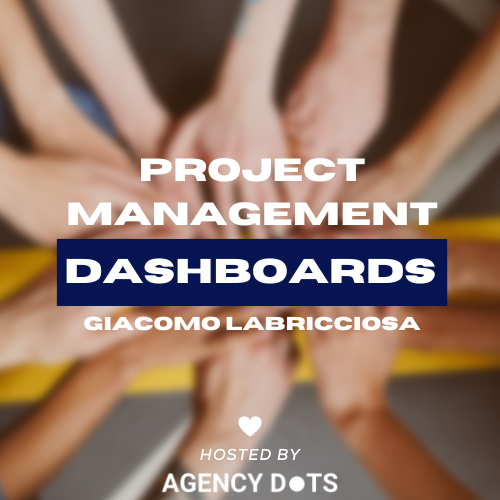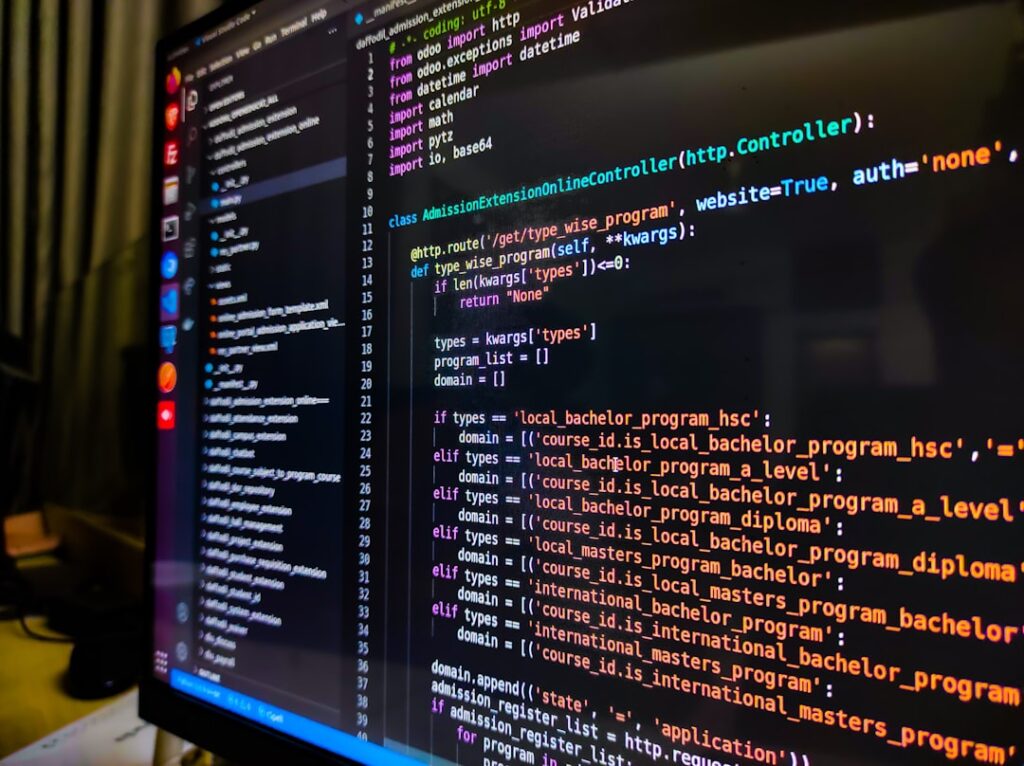The importance of an effective project management dashboard
Giacomo Labricciosa is an experienced project manager who worked in different industries. In this interview, we will talk about why is important to have an effective project management dashboard.

What are the key elements that make an effective project management dashboard?
An effective project management dashboard must be:
- Structured: dashboard elements should be chosen and positioned to facilitate the reading and understanding of insights. Prefer graphics over textual information and place close elements related to the same metrics.
- Compact: have a full overview with a single look is the best condition
- Accessible: depending on the data, every stakeholder involved should be allowed to check the dashboard
Why is it crucial for project managers to have access to these elements, and how do they impact decision-making?
A project manager must manage a huge amount of information during the project life-cycle, and this is a crucial aspect to assure a clear communication which is a key aspect for project success. Setting up a dashboard forced the project manager in the six step of data-driven process:
- Ask: define which information are relevant and must be monitored along the project life-cycle.
- Prepare: set up a repository to store the relevant information.
- Process: transform information from multiple sources to have storable and comparable data. A table is the easiest way to do it.
- Analyze: transform information into relevant metrics to find patterns, relationships, and trends.
- Share: upload the dashboard.
- Act: use the analysis results to define the proper action to take.
What indicators or feedback mechanisms do you use to determine if the dashboard is serving its intended purpose?
Every project has a goal that must drive the whole project life-cycle. The aim of a dashboard must be monitor the metrics that allow the project manager to predict if the project goal will be reached or not. So to be sure a dashboard work, the project manager must identify the metrics related to the project goal and set-up a periodical update of the relevant data, otherwise it will be useless.
How do you balance the need for comprehensive data with the risk of overwhelming stakeholders with too much information?
A well designed dashboard must summarize the relevant information and highlight just the relevant metrics or trends. The best way to avoid to overwhelming stakeholders with too much information is set up 3 different levels of details:
- A dashboard, that show metrics (not row data), preferably visuals
- A database, that stores the dataset from which the dashboard is generated and updated, so stakeholders can go deeper into metrics on the dashboard if required.
- A repository where the original source of the information is stored; this data will be used only for accurate control, recovery of the communication flow and the persons in charge.
How do you prioritize which metrics and data points to include on a project management dashboard?
The metrics for a dashboard must be related to the project goal and business case. This is why the project charter is an essential document to prioritize the metrics to monitor
Are there any metrics that are universally important, regardless of the project type or industry?
Time and costs are essential metrics to monitor to assure every project success. In the same way, even if the specific metrics could change due to the project type, monitor what has been defined as “success criteria” is universally important to assure quality and that the project goal is reached.
Can you share an example of how a project management dashboard has directly influenced the outcome of a project?
In my last work experience, I have to manage people that are not dedicated to a single project, but in charge of many tasks from different projects. This is why I make a portfolio dashboard that is derived from the Gantt charts of the projects in order to have a clear view of which project a single person is working on.
What specific insights did the dashboard provide, and how did you act on them?
I rearrange the information of every Gantt chart to build a table where each row is assigned to a single person, while the columns correspond to the week. Writing the project a person works on every week, it’s easy to avoid resource overload and simplify monitoring task completion.
Can you discuss a situation where a project management dashboard failed to provide the needed insights?
I can’t. But the portfolio dashboard is an example of failure due to lack of dashboard. Before I made it, tasks were assigned to people without considering the work overload, and this led to delays in the completion date.
What were the lessons learned, and how did you address the shortcomings in future projects?
The lesson I learned is that not only the metrics directly related to the project goal must be monitored to ensure project success. The project team is a key factor of the project, but it gets too much attention during the initiation phase and it’s often considered assigned to a single project. I found that monitoring people’s activities on the whole portfolio during the project lifecycle could allow project managers to increase efficiency, optimize people’s schedule and stay on time.
How do you balance the need for comprehensive data with the risk of overwhelming stakeholders with too much information?
To avoid the risk of overwhelming stakeholder with too much information, the information must be organized with different level details. Data processing is essential to have a dashboard to monitor relevant metrics and an organized source of information to deepen what’s needed.
What strategies do you use to ensure clarity and focus?
Different stakeholders often have a different expertise and professional background, so the easiest way to ensure clarity and focus is to use visulas over data, because someone could not be able to derive a trend from a table, but everyone can see an upward trend. Using visuals, the chart name and the axis names must be carefully chosen, in order to be the only text needed to get the dashboard.
In your experience, what are the common mistakes project managers make when creating or using dashboards?
The most common mistake is not using the dashboards. Typically, a project manager thinks that to properly manage the project information is enough to archive the documentation and tag the email, but in this way the project manager will have just information, not insight, because he won’t have a comprehensive vision of the relevant metrics a dashboard could give. A second mistake is to confuse a table with a dashboard. Even if a table is often the primary source of information, it’s harder to read than a dashboard, and this could lead to missing some insight.
How can these mistakes be avoided to ensure the dashboard remains a valuable tool?
To avoid these mistakes a project manager must think simple: a dashboard is not the full list of the information he gets, but the output of a process activity that shows insight through which the project manager makes decisions and assesses risk.
With the rise of AI and machine learning, how do you see project management dashboards evolving in the next 5 to 10 years?
The AI will be able to generate a full dashboard from a data set, but a process completely managed by AI, won’t be a real evolution, because will lack of project manager’s experience and context evaluation. So the real improvements AI could give is to support and speed up the project manager dashboard management. In this way, a great contribution of the AI will be speeding up the cleaning and processing phase, but mostly making available a wide range of data that could be used during the analysis for predictive evaluation or risk assessment. Thinking about project management work, a big amount of information is received by mail or phone call, and this kind of information often is not directly correlated to the project metrics, so it’s hard to evaluate the impact it could have: AI can do that with a proper prompt.
What emerging trends or technologies do you think will have the most significant impact?
Generative AI could support the improvement of a dashboard based on shared criteria, making it accessible from different stakeholders and cross-functional team. But most of the AI application in the industry have the goal to perform predictive analysis, and this could have a big impact, because risk assessment is a key aspect of project management often underestimated due to lack of data that could evaluate the risk index.
Try AgencyDots for free!
Control your entire project portfolio from one place.
Make your software development agency efficient.
No credit card required.

